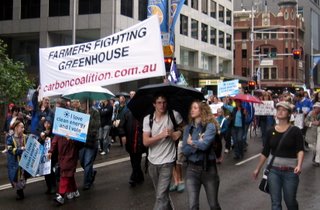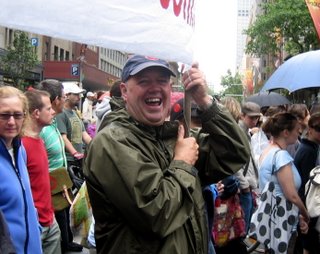The experts agree: only soils can sequester significant amounts of atmospheric Carbon in the next 30 years. Every other solution will take 30 years to start shifting meaningful volumes.
“C Sequestration in soil and vegetation is a bridge to the future. It buys us time while alternatives to fossil fuel take effect.”
Dr Rattan Lal
Director, Carbon Management and Sequestration Center
Ohio State University, Columbus, Ohio
Professor of Soil Science, College of Food, Agricultural, and Environmental Sciences, School of Natural Resources
Ohio State University
Liebig Applied Soil Science Award, World Congress of Soil Science 2006
"Unlike many other technologies to offset fossil fuel emissions, land management for soil C sequestration can be implemented immediately, provided there are incentives to do so. An immediate offset of CO2 emissions provides a significant delay in the rise of atmospheric CO2 concentration. By the time that land management C sequestration begins to saturate the soil’s capacity to store additional C, other methods of reducing emissions or sequestering carbon may be available or already in use.”
Professor Bruce McCarl, Agricultural Economist and Economist, Climate Change, Texas A&M University
Member of the Intergovernmental Panel on Climate Change
"Terrestrial C sequestration could have an immediate application in climate change mitigation due to its availability, relatively low cost, and associated environmental benefits."
R.W. Izaurrable and C.W.Rice, "Methods and Tools for Designing a Pilot Soil Carbon Sequestration Project", in Carbon Sequestration in Soils of Latin America, Lal et al. eds, 2006
“Terrestrial sequestration is here and now. It’s user friendly. It’s the Mom’s Apple Pie of sequestration.”
Dr. John Antle, Professor of Agricultural Economics and Economics at Montana State University
Technical Leader, Economics, BigSky Carbon Sequestration Partnership
FACT: “Carbon scrubbing” at source does not reduce the existing CO2 burden in the atmosphere
FACT: “Geosequestation” (burial beneath deep cap rock formations and exhausted oil wells) does not reduce the existing CO2 burden and researchers say it will take 100 years to determine if it is effective
FACT: Forests can be net emitters in their early stages and take many years to reach their sequestration potential
WHY DO SCIENTISTS SAY SOILS CAN’T BE TRADED?
The Case for Averaging Soil C Sample Values to Enable Trading
Flux and soil variability are thrown in our faces whenever we ask for trading units of soil carbon. But one important US scientist has broken ranks with his colleagues to argue for sanity to prevail: "It is often pointed out that soils have a large amount of variability, but with knowledge of soil sciences and landscapes, variability can be described and sampling protocols can be developed to deal with this," writes Dr John Kimble in a paper published this year*. "One reason I feel people say that soils vary and SOC cannot be measured is that we soil scientists focus on showing variability, not on showing what we know about the variability. In soils we can go to a 100m2 field and sample every square meter and look at the differences we find. But if you sample every tree in a large area you would see a similar variability." Dr Kimble works for the US Department of Agriculture, National Resources Conservation Service, National Soil Survey Centre, Lincoln, Nebraska. "We too often focus on this [variability], worry about laboratory precision and field variation and do not look at the real world where most things are based on averages and estimated data. We tend to focus on finding variation and not on using our knowledge of soil science to describe what we know. All systems vary, but in soils we focus on a level of precision and accuracy that may not have any relevance to the real world because we can take so many samples and look at the variation."
*Kimble, J., "Advances In Models To Measure Soil Carbon: Can Soil Carbon Really Be Measured?", in Lal, R., Cerri, C., Bernoux, M., Etchevers, J., and Cerri, E., eds., Carbon Sequestration in Soils in Latin America, Food Products Press, Birmingham, NY, 2006









